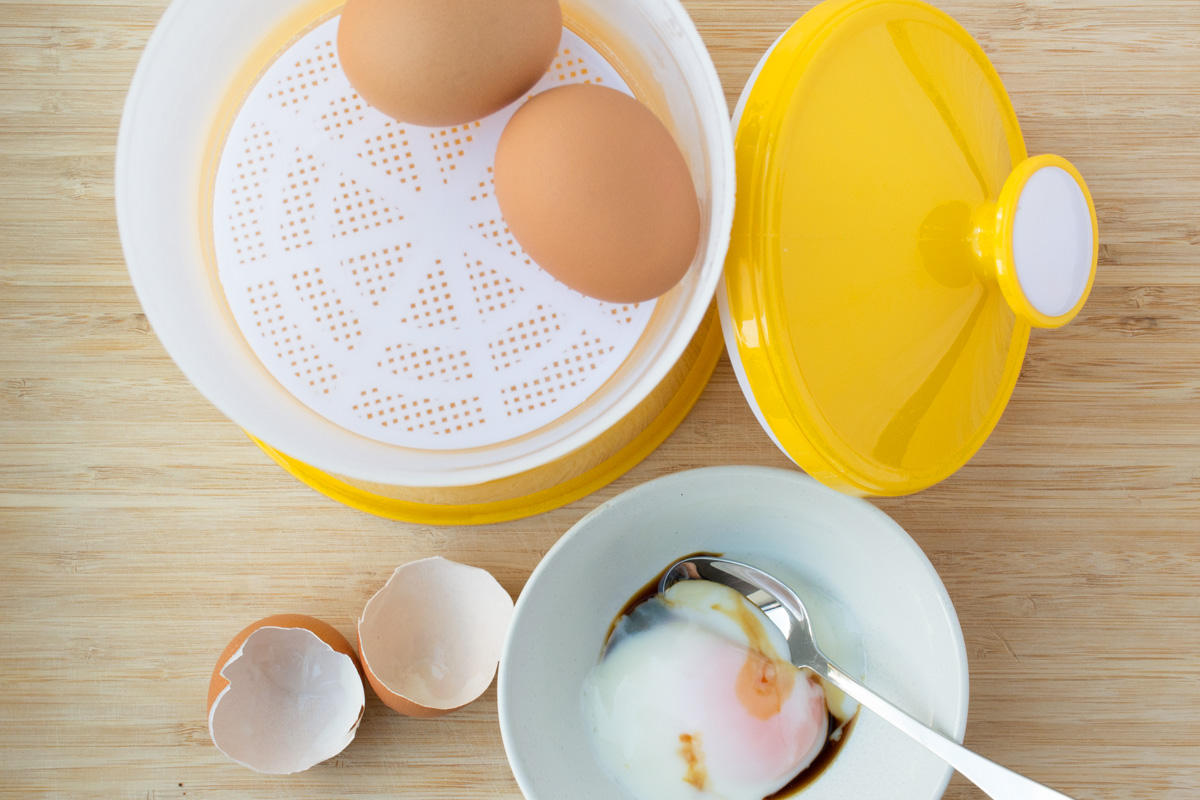

Articles
How To Use Egg Steamer
Modified: January 6, 2024
Discover the best way to use an egg steamer with our informative articles. Learn tips and tricks for perfectly cooked eggs every time.
(Many of the links in this article redirect to a specific reviewed product. Your purchase of these products through affiliate links helps to generate commission for Storables.com, at no extra cost. Learn more)
Introduction
Welcome to the world of egg steaming! If you’re a fan of perfectly cooked eggs, then you’re in for a treat. An egg steamer is a simple and efficient kitchen appliance specifically designed to steam eggs to perfection. Whether you enjoy them hard-boiled, soft-boiled, or somewhere in between, an egg steamer can help you achieve the ideal texture every time.
In this article, we will explore the benefits of using an egg steamer, provide you with a step-by-step guide on how to use one, and share some tips and tricks to ensure your eggs come out just the way you like them. We will also address common questions and concerns about cleaning and maintaining your egg steamer.
So, if you’re ready to elevate your egg cooking game and enjoy delicious, hassle-free eggs, let’s dive in and learn all about using an egg steamer!
Key Takeaways:
- Elevate your egg cooking game with an egg steamer, delivering consistent, customizable, and time-saving results. Enjoy hassle-free peeling and versatile batch cooking for delicious, perfectly steamed eggs every time.
- Choose the right egg steamer based on capacity, features, durability, ease of use, and brand reputation. Follow the step-by-step guide, tips, and maintenance tips for optimal egg steaming experience and longevity.
Read more: How To Steam Eggs In A Steamer
Benefits of Using an Egg Steamer
Using an egg steamer offers numerous advantages compared to traditional boiling methods. Here are some of the key benefits:
- Consistent Results: One of the main benefits of using an egg steamer is the ability to achieve consistent results every time. The steaming process ensures that the eggs are cooked evenly, resulting in a creamy and tender texture.
- Customizable Cooking: With an egg steamer, you have more control over the doneness of your eggs. You can adjust the cooking time to achieve your preferred level of doneness, whether it’s a soft, medium, or hard-boiled egg.
- Time-Saving: Steaming eggs is generally faster than boiling them. With an egg steamer, you can have perfectly cooked eggs in just a matter of minutes, saving you time in the kitchen.
- Easy Peeling: Steaming eggs can make them easier to peel compared to traditional boiling methods. The steam helps to separate the eggshell from the egg white, making the peeling process smoother and less frustrating.
- Allows for Batch Cooking: Egg steamers usually come with multiple tiers or compartments, allowing you to cook several eggs at once. This is especially useful when preparing breakfast or a large batch of eggs for meal prepping.
- Versatility: While the primary purpose of an egg steamer is to cook eggs, some models also come with additional features that allow you to steam vegetables, dumplings, and other foods.
As you can see, using an egg steamer can greatly enhance your egg cooking experience. Whether you enjoy solo breakfasts or love preparing eggs for your family and friends, an egg steamer can simplify the process and deliver consistently delicious results.
Choosing the Right Egg Steamer
When it comes to choosing an egg steamer, there are a few key factors to consider to ensure you select the right one for your needs. Here are some important points to keep in mind:
- Capacity: Determine how many eggs you typically cook at once to determine the capacity you need. Egg steamers come in various sizes, with some able to accommodate just a few eggs and others capable of cooking a dozen or more simultaneously.
- Features and Functions: Look for an egg steamer that offers the features you desire. Some common features include different cooking modes for soft, medium, and hard-boiled eggs, adjustable cooking time, and audible alerts or timers to notify you when the eggs are done.
- Durability: Choose an egg steamer that is made from sturdy materials such as stainless steel or BPA-free plastic. This ensures that the steamer will be durable and long-lasting.
- Easy to Use: Opt for an egg steamer that is user-friendly and intuitive. Look for models with clear instructions and an uncomplicated interface.
- Cleaning and Maintenance: Consider how easy it will be to clean the egg steamer. Look for models with removable parts that are dishwasher-safe for convenient cleaning.
- Brand Reputation: Research different brands and read customer reviews to get an idea of the reputation and reliability of the egg steamer you are considering. Choosing a reputable brand can give you peace of mind that you are purchasing a quality product.
By considering these factors, you can narrow down your options and choose an egg steamer that best suits your cooking preferences and lifestyle. Remember to compare prices, warranties, and customer reviews before making your final decision.
Step-by-Step Guide for Using an Egg Steamer
Using an egg steamer is a straightforward process. Follow these simple steps to steam your eggs to perfection:
- Prepare the eggs: Start by selecting the desired number of eggs and gently place them in the egg steamer tray or compartments. It’s best to use eggs at room temperature for more even cooking.
- Add water: Fill the water reservoir of the egg steamer with the recommended amount of water according to the manufacturer’s instructions. This will vary depending on the specific model of your egg steamer.
- Set the cooking time: Depending on your preference and the desired level of doneness, adjust the cooking time on the egg steamer. Most egg steamers have preset cooking times for soft, medium, and hard-boiled eggs.
- Start the steaming process: Close the lid securely and turn on the egg steamer. The steaming process will begin, and the eggs will cook as the steam circulates inside the appliance.
- Monitor the cooking time: Keep an eye on the cooking time and be prepared to adjust it if necessary. This will depend on the size and freshness of the eggs, as well as your personal preference for doneness.
- Remove the eggs: Once the cooking time is complete, the egg steamer may emit an audible alert or signal that the eggs are done. Carefully open the lid, using oven mitts or a towel to protect your hands from the hot steam.
- Cool and peel the eggs: Transfer the steamed eggs to a bowl of cold water or an ice bath to stop the cooking process and facilitate easier peeling. Let the eggs cool for a few minutes before peeling.
- Enjoy your perfectly steamed eggs: Your steamed eggs are now ready to be enjoyed! Serve them as they are, use them in your favorite recipes, or season them with salt, pepper, or other spices for an extra burst of flavor.
With this step-by-step guide, you’ll have no trouble using your egg steamer to cook delicious and perfectly steamed eggs every time. Experiment with different cooking times and adjust according to your taste preferences until you find your ideal level of doneness.
When using an egg steamer, make sure to pierce the larger end of the egg with a pin before steaming to prevent it from cracking. This will help ensure perfectly cooked eggs every time.
Tips and Tricks for Perfectly Steamed Eggs
While using an egg steamer is already a convenient way to cook eggs, here are some additional tips and tricks to ensure that your steamed eggs turn out perfectly:
- Use fresh eggs: Fresh eggs tend to peel more easily and have a better texture when cooked. If possible, use eggs that are not too close to their expiration date.
- Prick the eggs: Before steaming, use a pin or egg pricker to make a small hole in the rounded end of the egg. This helps to release air and prevent cracking during the steaming process.
- Experiment with cooking times: Different egg sizes and personal preferences for doneness may require adjustments to the cooking time. Start with the recommended cooking time and adjust accordingly until you achieve your desired results.
- Try steaming with vinegar: Adding a teaspoon of vinegar to the water can help prevent eggs from cracking and make peeling even easier.
- Use an ice bath for rapid cooling: Transfer the steamed eggs to an ice bath immediately after cooking to facilitate quick cooling. This not only stops the cooking process but also helps in peeling the eggs later.
- Peel under running water: When you’re ready to peel the eggs, do it under a stream of running water. The water helps to separate the eggshell from the egg white more easily, resulting in smoother peeling.
- Store eggs properly: If you’re not planning to consume the steamed eggs right away, store them in the refrigerator in an airtight container. Use them within a week for the best flavor and quality.
- Experiment with seasonings: Steamed eggs provide a versatile base that you can season with various spices, herbs, or sauces. Try sprinkling them with salt, pepper, paprika, or topping them with hot sauce, soy sauce, or even salsa.
By incorporating these tips and tricks into your steaming process, you can maximize the enjoyment of your perfectly cooked eggs. Don’t be afraid to experiment and find the cooking methods and flavors that suit your preferences best.
Read also: 11 Best Egg Steamer for 2024
Cleaning and Maintenance of Your Egg Steamer
Proper cleaning and maintenance of your egg steamer are essential to ensure its longevity and continued performance. Follow these guidelines to keep your egg steamer in optimal condition:
- Unplug and cool down: Before cleaning your egg steamer, make sure to unplug it from the power source and allow it to cool down completely to avoid any risk of burns.
- Hand wash removable parts: Most egg steamers come with removable parts such as the egg tray or compartments. Hand wash these parts in warm, soapy water using a gentle sponge or cloth. Rinse them thoroughly and allow them to dry completely before reassembling.
- Wipe the exterior: Use a damp cloth or sponge to wipe the exterior surfaces of the egg steamer, including the control panel and lid. Avoid using abrasive cleaners or scouring pads that may scratch the surface.
- Descale if necessary: Over time, mineral deposits may build up inside the egg steamer due to the water used in the steaming process. If you notice any scaling, follow the manufacturer’s instructions to descale the appliance. This may involve using a descaling solution or a mixture of vinegar and water.
- Store properly: When not in use, make sure to store your egg steamer in a clean, dry place. Ensure that all parts are dry and properly assembled to prevent any potential damage.
- Regular maintenance checks: Periodically check and clean the vents or steam release holes on the egg steamer lid to ensure proper ventilation. Also, inspect the power cord for any signs of damage and replace it if necessary.
- Follow manufacturer’s instructions: Always refer to the manufacturer’s instructions for specific cleaning and maintenance guidelines for your egg steamer model. Following these instructions will help you maintain the appliance’s performance and safety features.
By practicing proper cleaning and maintenance, you can prolong the lifespan of your egg steamer and ensure that it continues to deliver delicious and perfectly steamed eggs for years to come. Taking care of your appliance will also contribute to its reliable performance and maintain its appearance.
Frequently Asked Questions (FAQs)
Here are some common questions about using an egg steamer:
- Can I steam eggs in an electric pressure cooker instead of an egg steamer?
- How long does it take to steam eggs?
- Can I add seasoning or ingredients while steaming eggs?
- How do I know when the eggs are done?
- Can I steam eggs other than chicken eggs?
- Can I steam other foods in an egg steamer?
- Is it necessary to use an egg pricker?
Yes, you can steam eggs in an electric pressure cooker using the appropriate setting. However, an egg steamer is specifically designed for steaming eggs and may have features that make the process more convenient and efficient.
The cooking time for steaming eggs can vary depending on the size of the eggs and your desired level of doneness. On average, it takes about 10-15 minutes to steam large eggs. It’s best to refer to the manufacturer’s instructions or adjust the cooking time based on personal preference.
Yes, you can add seasoning or ingredients to your eggs while they are being steamed. However, it’s recommended to add these after the eggs are cooked to avoid interference with the steaming process or affecting the texture of the eggs.
Most egg steamers have built-in timers or audible alerts that notify you when the eggs are done. Additionally, you can perform a quick visual check by gently tapping the cooked eggs on a hard surface. If they feel solid and no longer wobble, they are likely done.
Yes, you can use an egg steamer to steam various types of eggs, such as quail eggs or duck eggs. However, keep in mind that different types of eggs may require adjustments to the cooking time and method.
Some egg steamers come with additional compartments or accessories that allow you to steam vegetables, dumplings, or other small foods. Refer to the manufacturer’s instructions to determine the specific capabilities of your egg steamer.
Using an egg pricker is not mandatory, but it can help prevent the eggs from cracking during the steaming process. If you’re experiencing cracked eggs, using an egg pricker may be worth considering.
If you have any other questions or concerns about using an egg steamer, it’s always a good idea to consult the manufacturer’s instructions or reach out to their customer support for further guidance.
Conclusion
Using an egg steamer is a simple yet effective way to achieve perfectly steamed eggs every time. Not only does it provide consistent results and customizable cooking options, but it also saves time and makes egg peeling easier. With the right egg steamer, you can elevate your egg cooking experience and enjoy delicious eggs for breakfast, as a snack, or in your favorite recipes.
When choosing an egg steamer, consider factors such as capacity, features, durability, ease of use, and brand reputation. By selecting the right egg steamer for your needs, you can enhance your cooking experience and ensure long-term satisfaction.
Follow the step-by-step guide for using an egg steamer to achieve the desired doneness and explore different cooking times to suit your preference. Additionally, implement the tips and tricks provided to enhance your steamed eggs and experiment with different seasonings for added flavor.
Proper cleaning and maintenance of your egg steamer are crucial for its longevity and performance. Take the time to hand wash removable parts, wipe the exterior surfaces, and descale the appliance if necessary. By following the manufacturer’s instructions and regular maintenance checks, you can keep your egg steamer in optimal condition.
Lastly, familiarize yourself with the frequently asked questions to address any uncertainties you may have about using an egg steamer. If you ever need further guidance, refer to the manufacturer’s instructions or reach out to their customer support.
Now that you’re equipped with the knowledge and guidance on using an egg steamer, it’s time to embark on your egg cooking journey. Enjoy the convenience, consistency, and deliciousness that comes with perfectly steamed eggs!
Frequently Asked Questions about How To Use Egg Steamer
Was this page helpful?
At Storables.com, we guarantee accurate and reliable information. Our content, validated by Expert Board Contributors, is crafted following stringent Editorial Policies. We're committed to providing you with well-researched, expert-backed insights for all your informational needs.
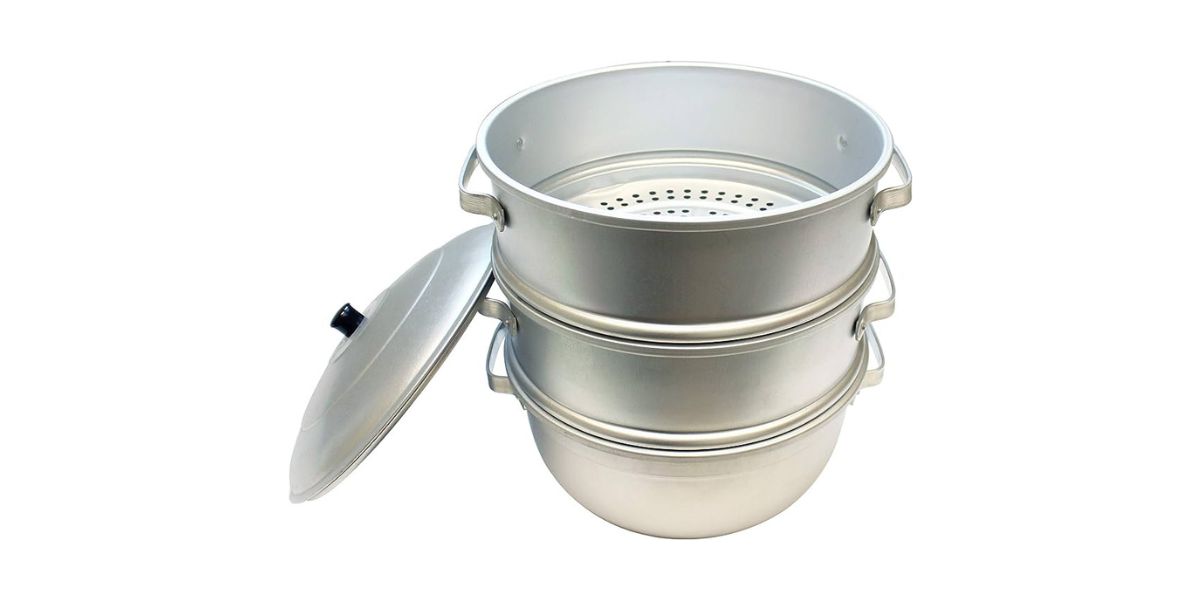
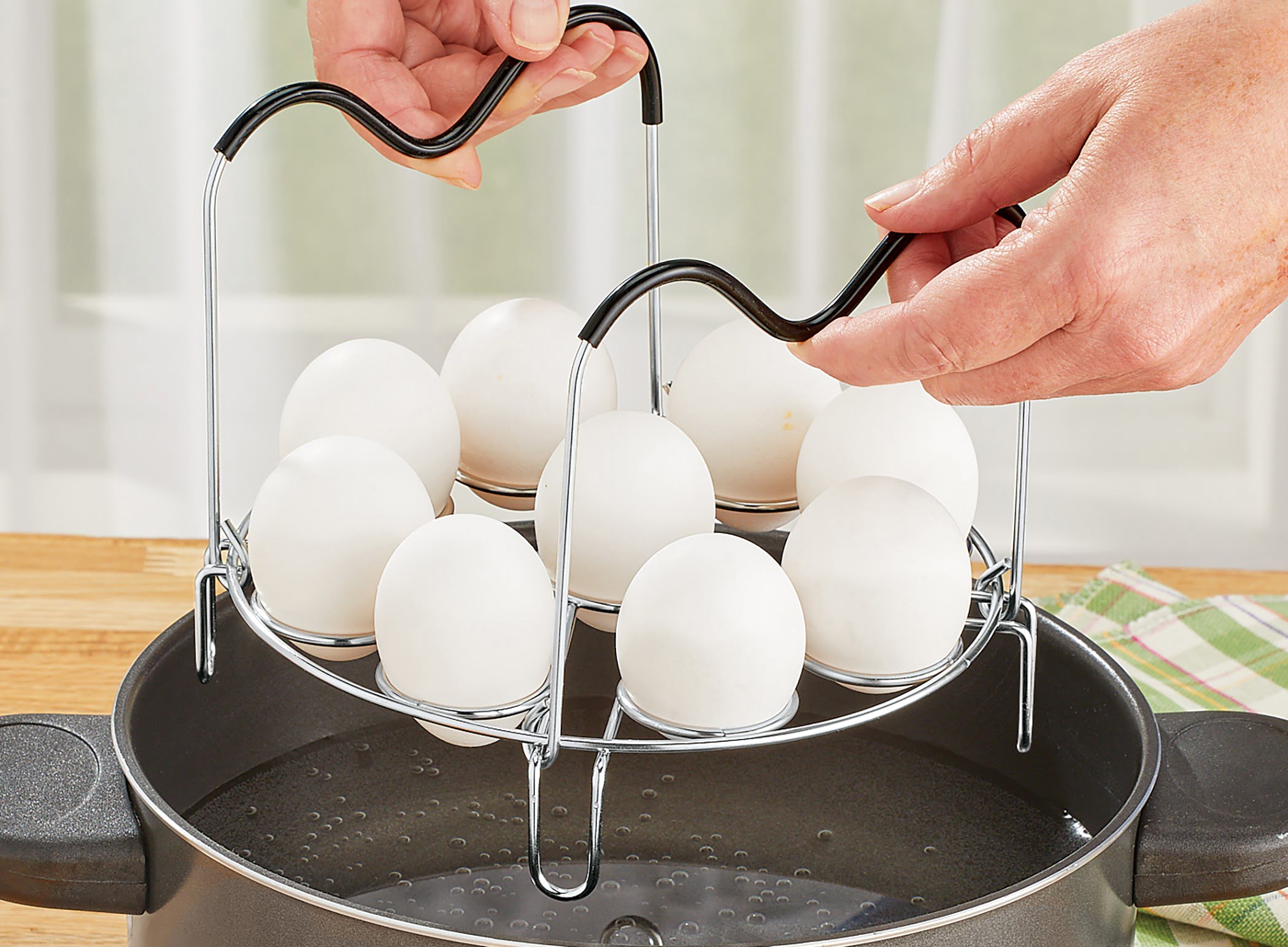

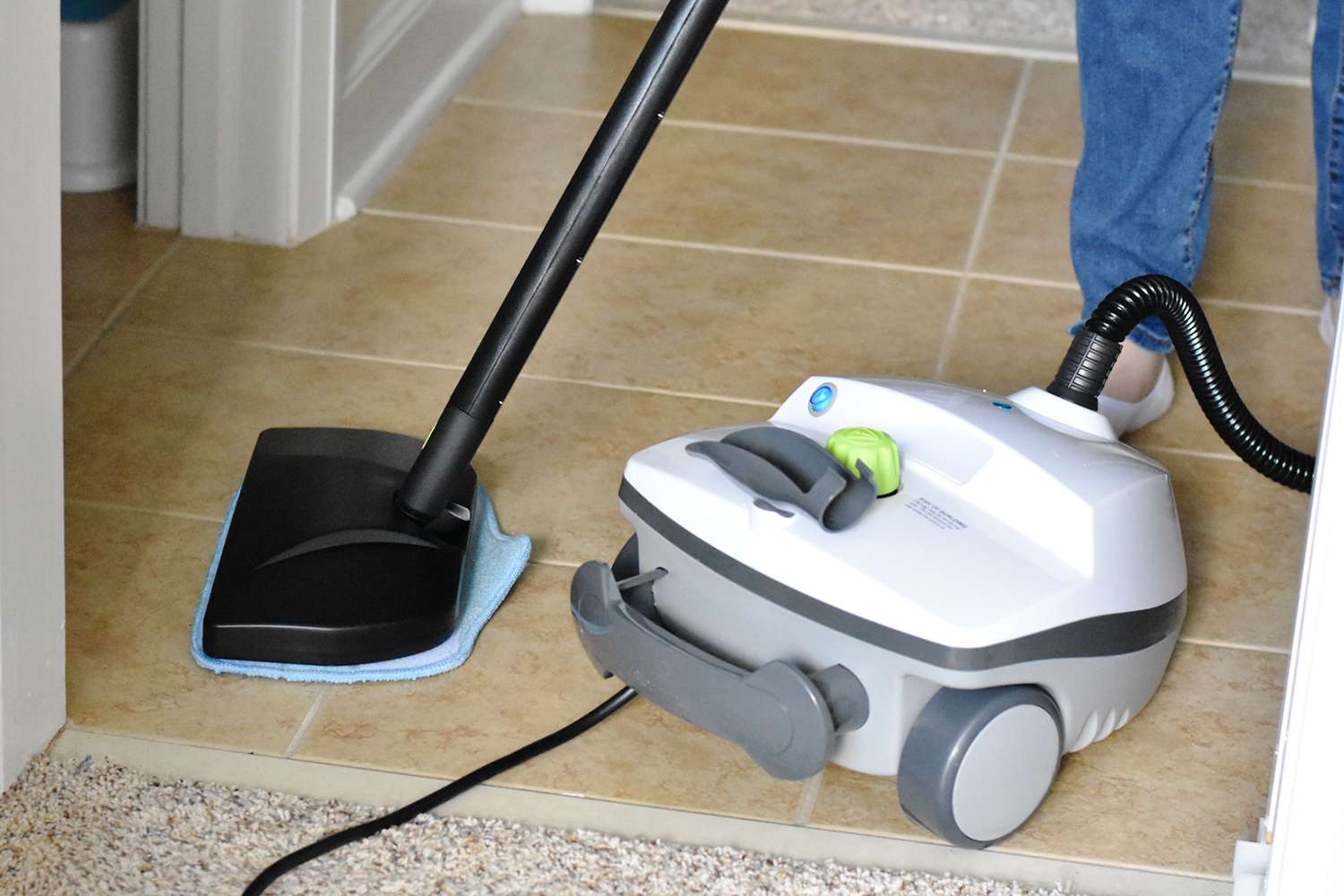
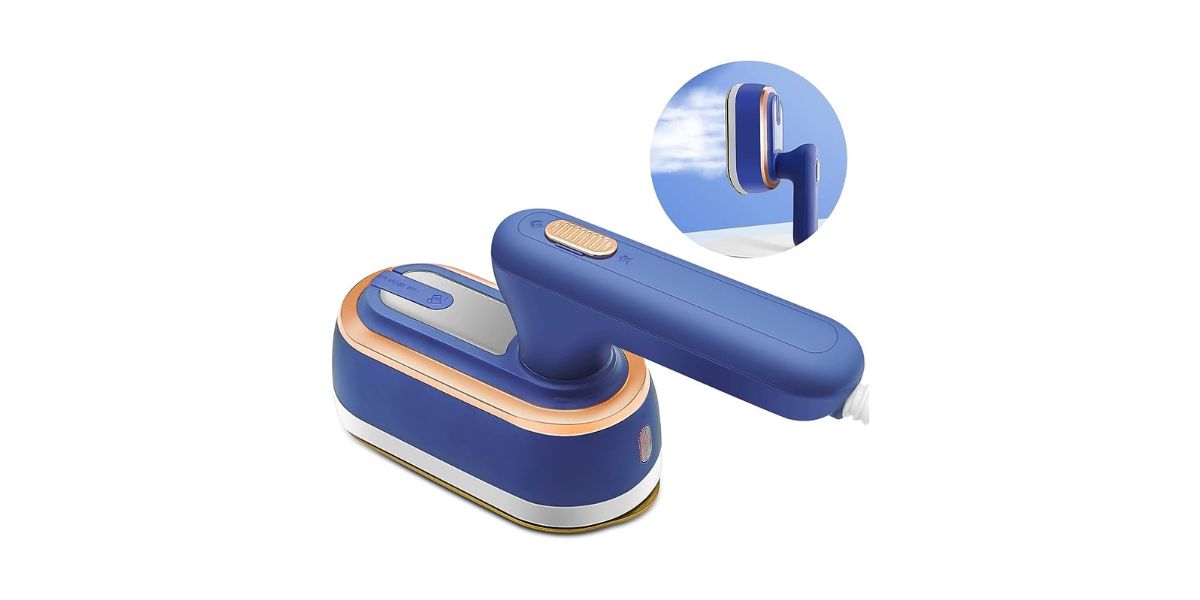
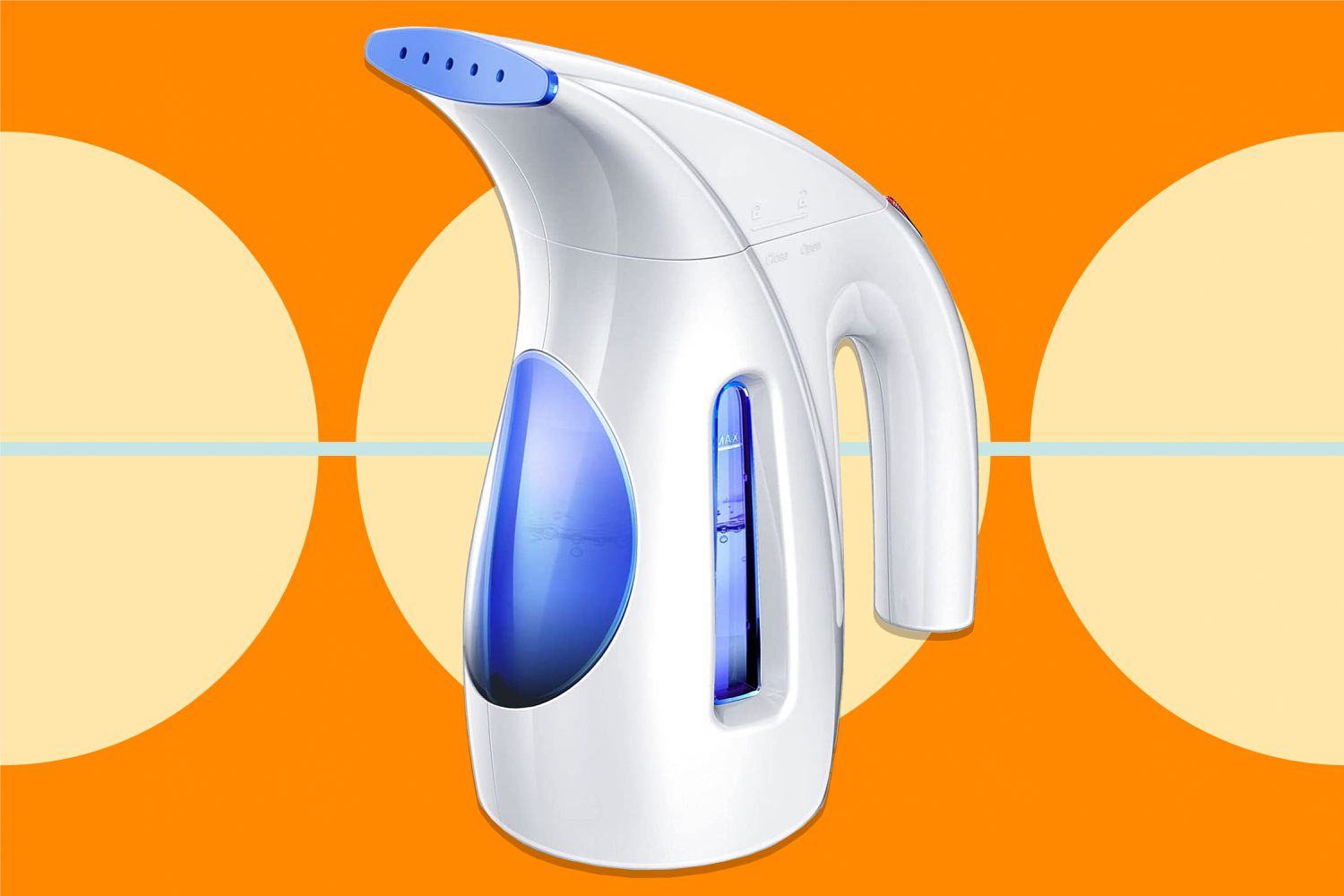
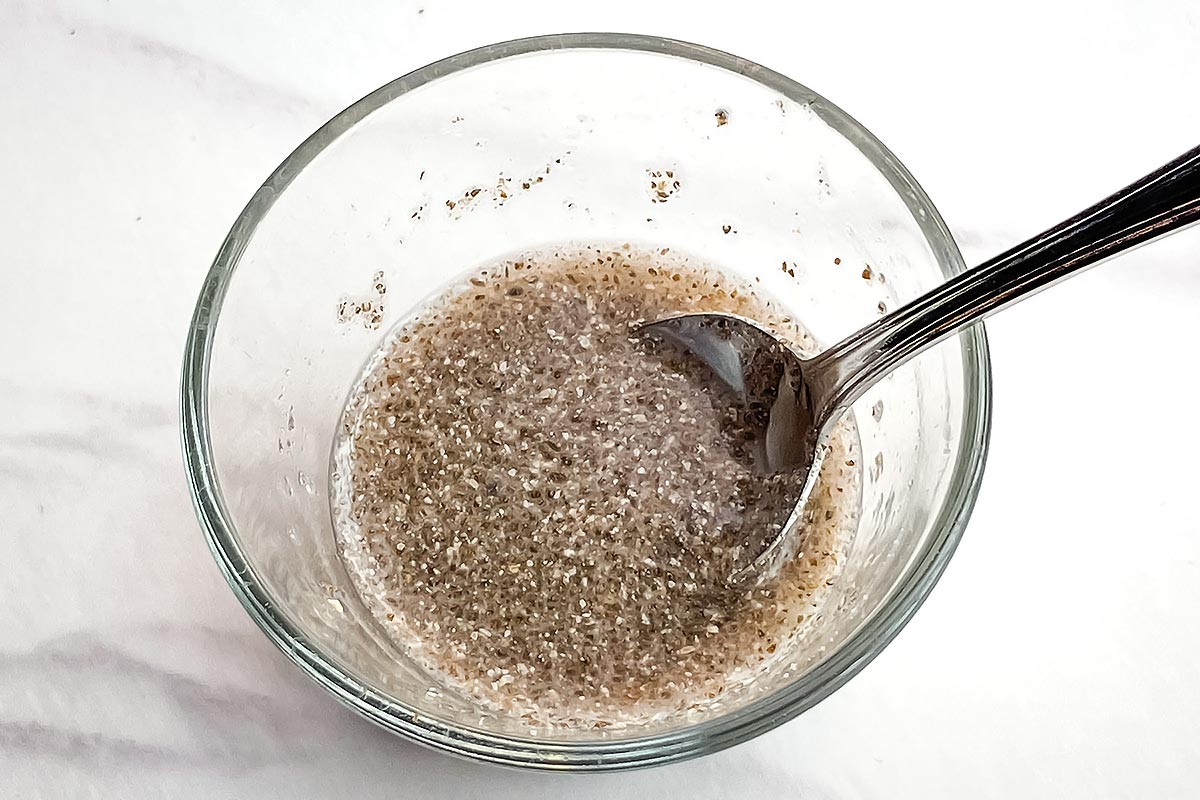

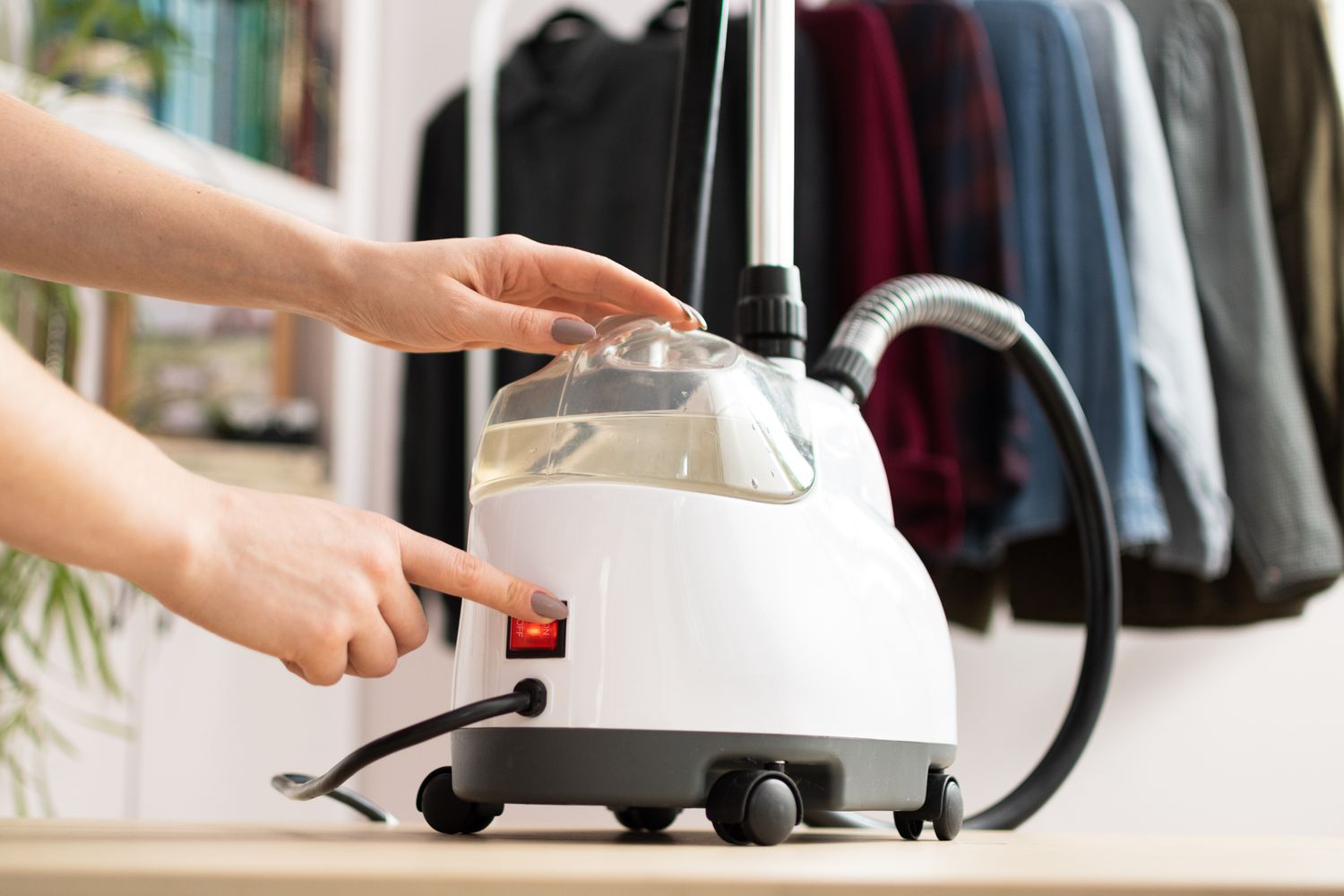
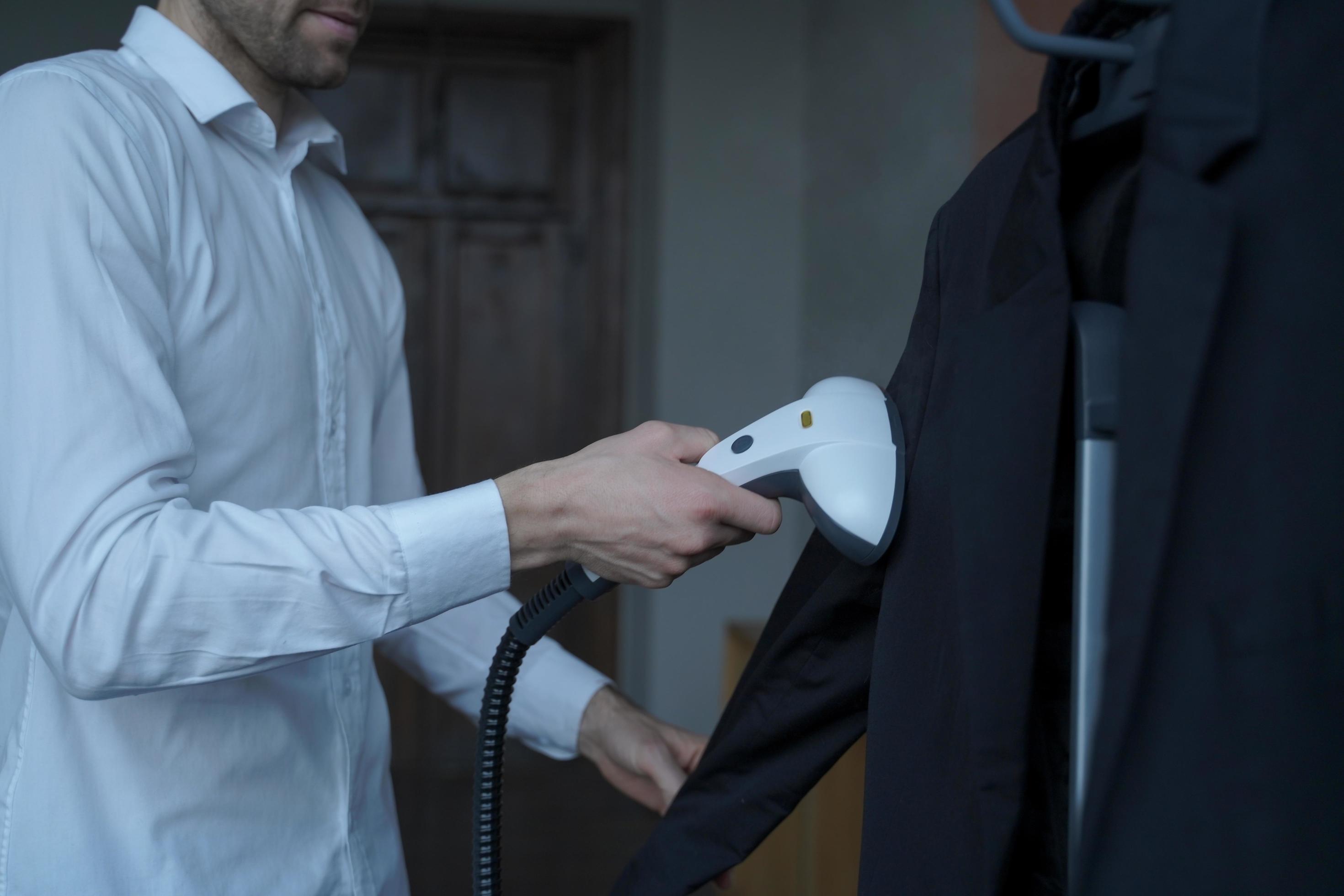

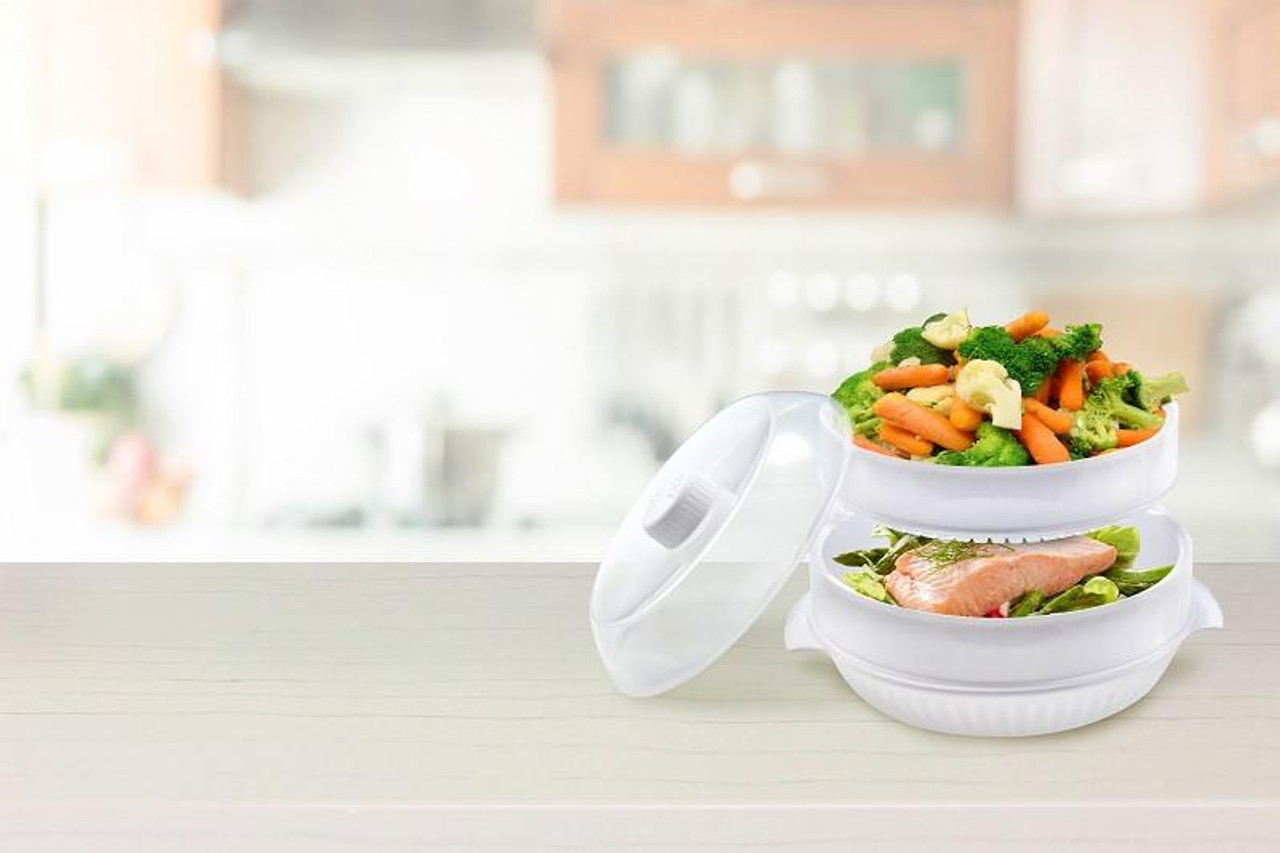
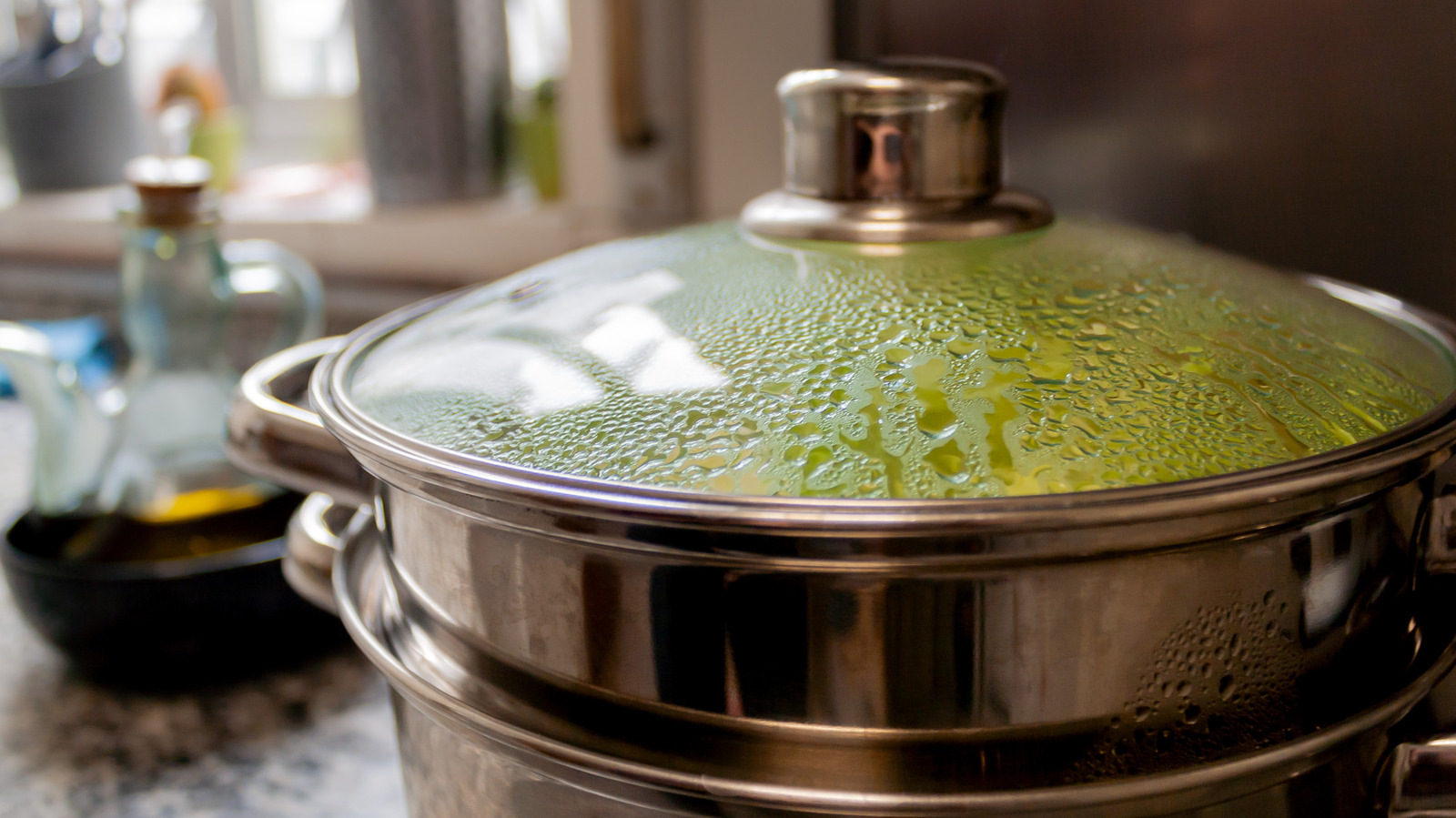
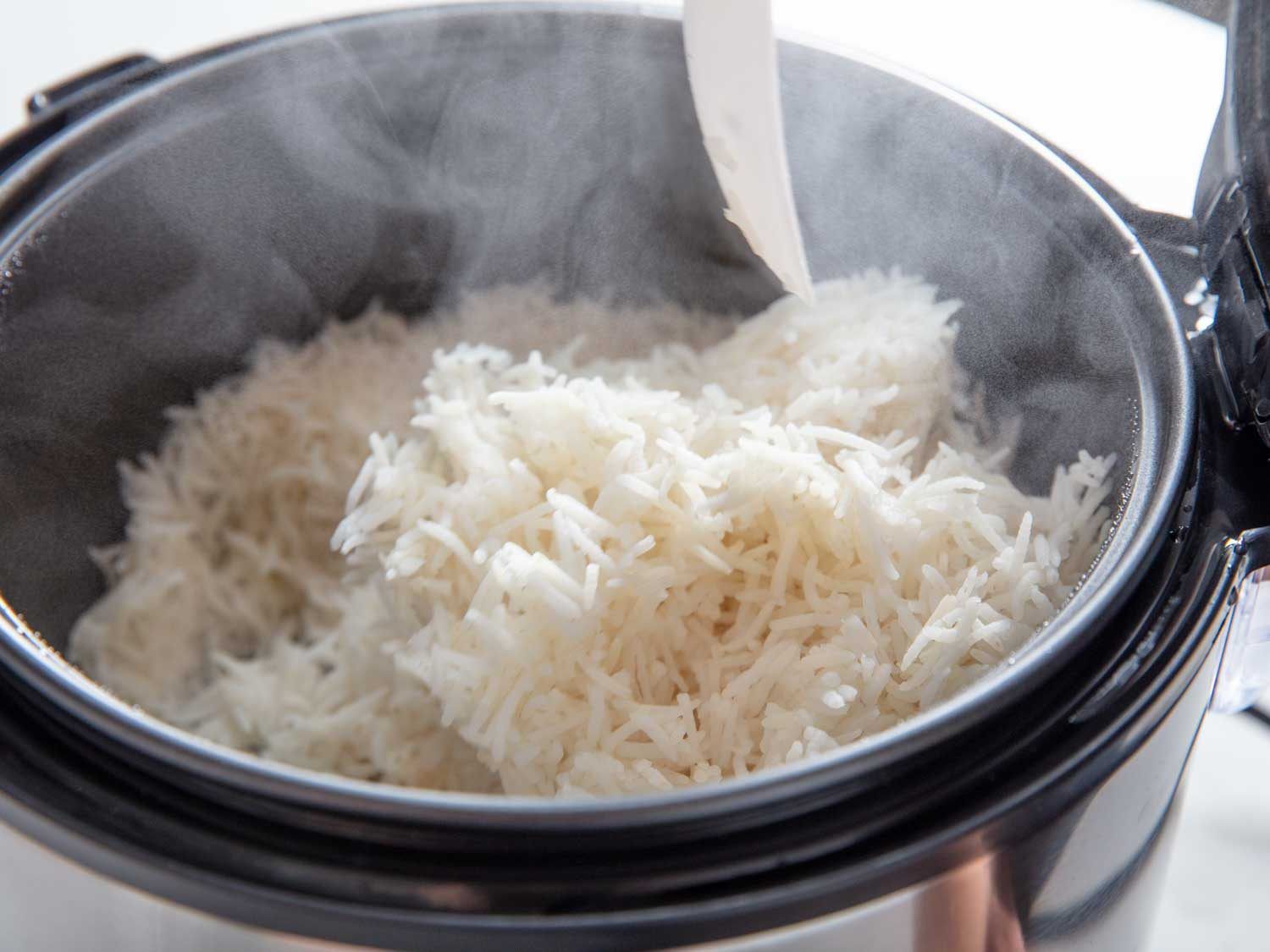

0 thoughts on “How To Use Egg Steamer”